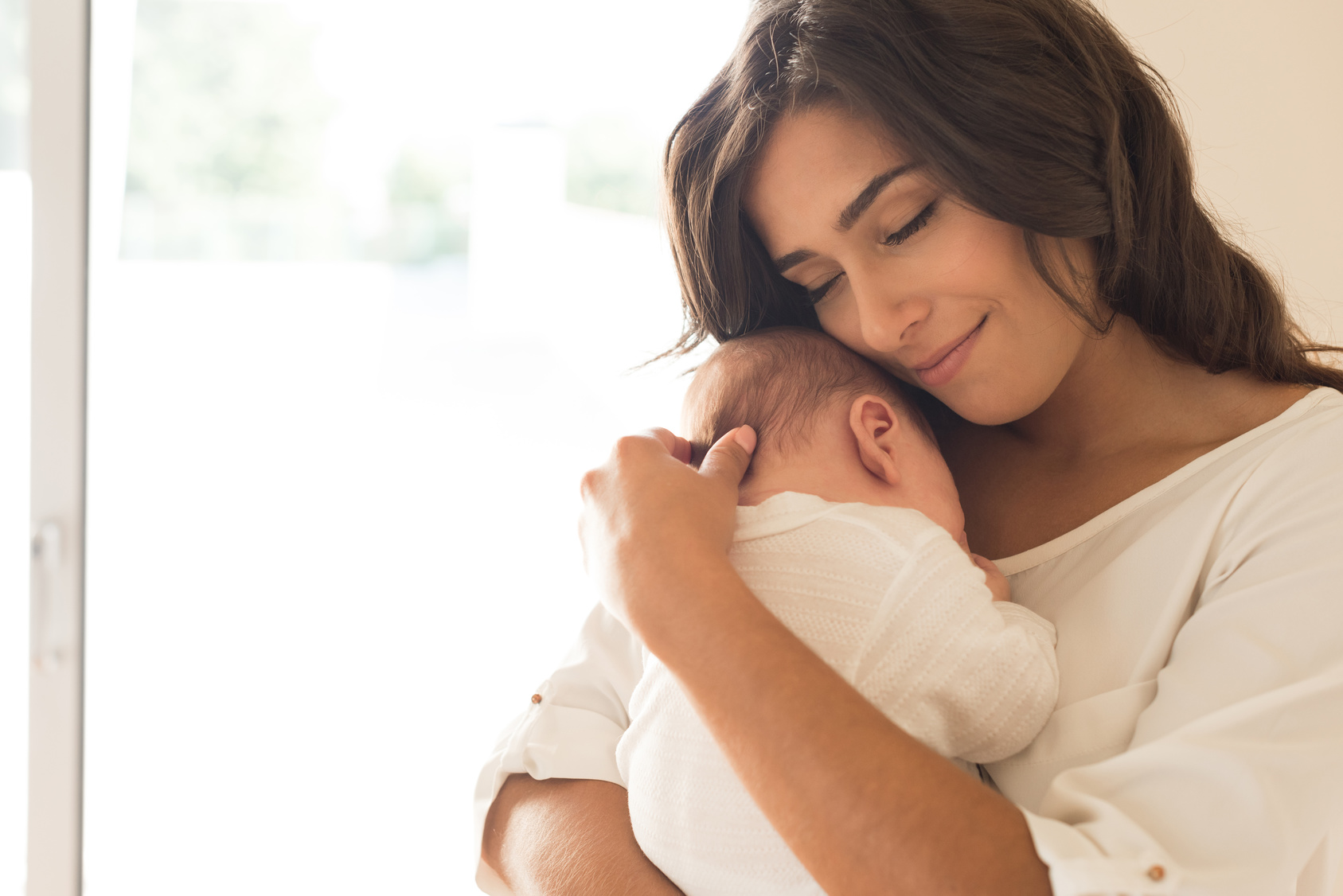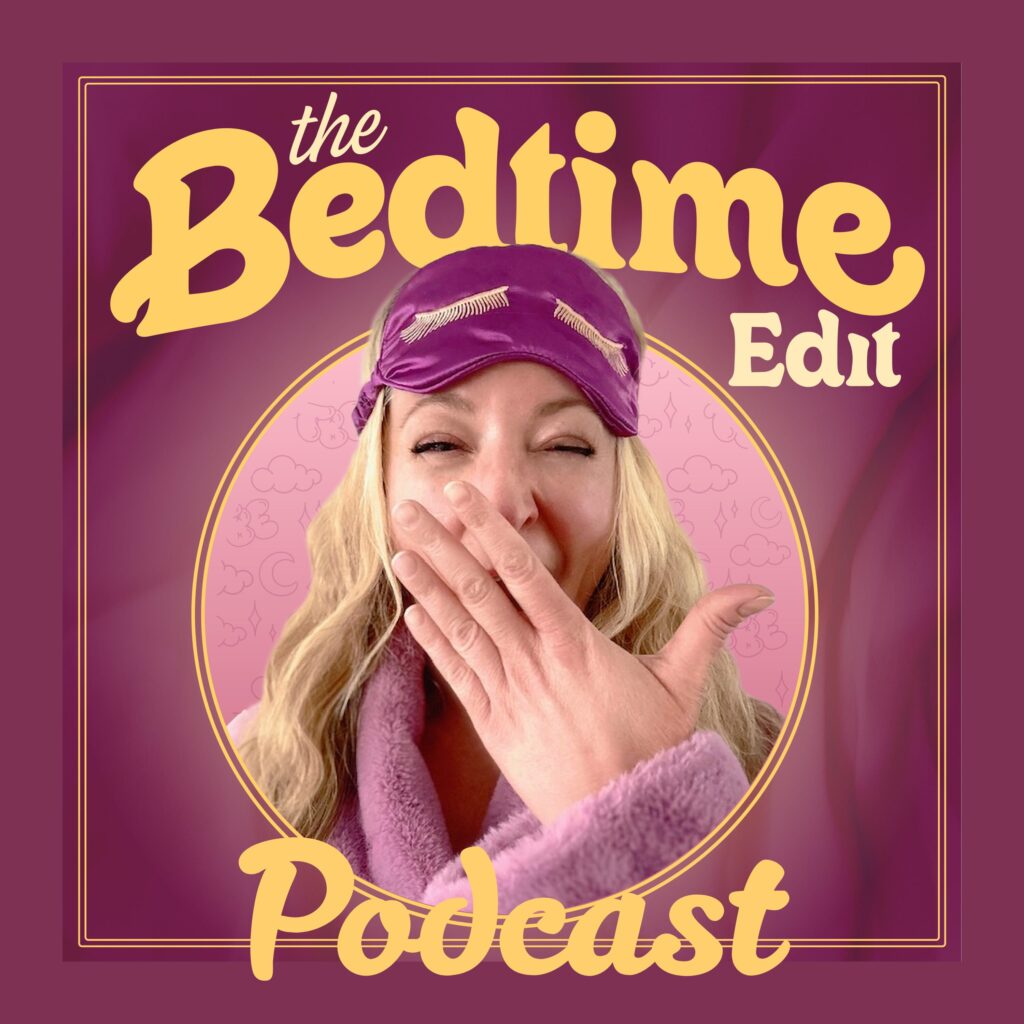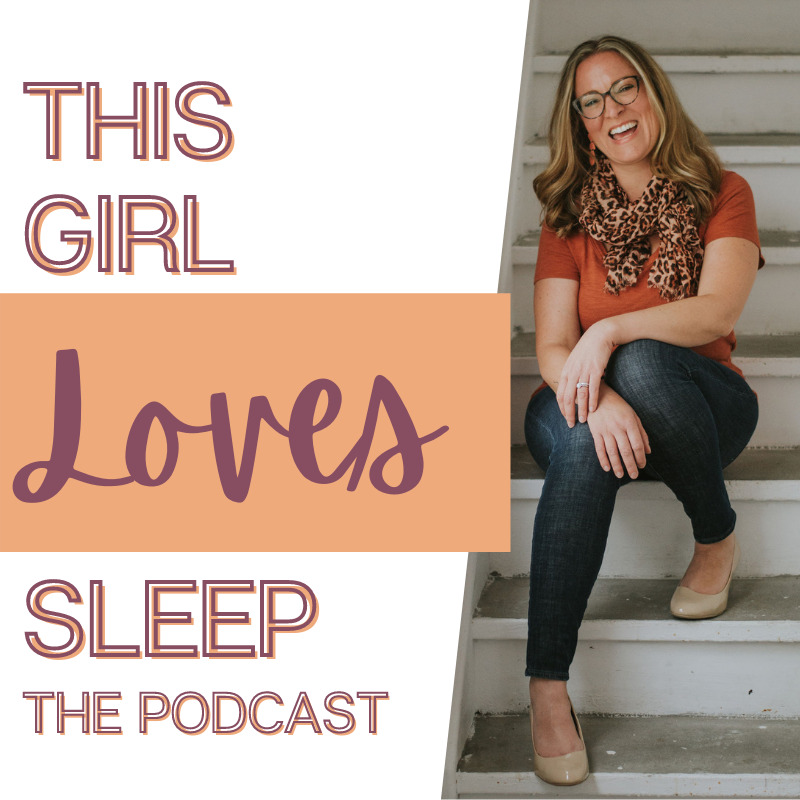We’ve previously discussed baby’s sleep in the first two months and the normal developmental phase of PURPLE crying. Good news! Your baby’s period of PURPLE crying will have peaked and should now be starting to subside. In these next couple of months, your baby’s sleep will begin to consolidate into longer sleep periods and you will start to notice a sleep routine. Baby’s circadian rhythm are beginning to emerge, typically between 8 and 12 weeks, as the night-time hormone, melatonin is starting to be produced by the pineal gland. The effects of melatonin and its production do not mature until your baby is 4 months old, or more if premature.
Be Aware: If your baby is still crying incessantly for 3 or more hours per day, 3 days a week, for 3 weeks in a row, s/he may be dealing with colic. The good news? After about 4 or 5 months of age, this too shall pass. Read more information on Colic.
Sign Up For Our Newsletter
How To Gently Introduce A Sleep Routine
At 6 – 8 weeks, learning begins. Baby will start to smile when they see your face or hear your voice. At this time, gently introducing a regular sleep routine is a good idea. You can begin by introducing a consistent routine before bedtime, moving baby to his/her nursery for naps, and decreasing their reliance on swings and bouncy chairs to get him/her to sleep. When putting baby down to sleep in their crib, put them down awake but tired. This will help promote their ability to get to sleep on their own.
Sleep Tip: Give your baby the chance to spend time in the crib for naps and supervised play time. This allows your baby to make positive associations with their crib and sleep environment. Save the swing and bouncy chairs for later in the day during their fussy moments. Not relying on motion for all sleep times will avoid that sleep association in the future.
Start to observe your little one for his/her sleepy cues. These will let you know it is time to put your baby down for a sleep. Your baby is becoming more aware of his/her surroundings and s/he will begin to find you and the world quite interesting. It is a period of intense growth of both the body and the brain. To help your little one fall asleep more easily, introduce a consistent soothing sleep routine that will calm your baby before sleep. Put your little one down sleepy but awake as this gives them more opportunity to find their own soothing behaviour.
Create The Right Sleep Environment
Keep baby’s sleep environment cave-like! A dark, cool, quiet room (or one with consistent low level noise e.g., a fan, white noise machine or app) will help baby develop a sleep time ritual and promotes sleep. Keep night time stimulation low with little noise and movement to decrease the likelihood of her/him becoming fully awake.
At this time, night sleep becomes the longest sleep phase, ranging from four to six hours. Not only is your baby beginning to recognize you, they are also beginning to respond to environmental cues like light versus dark. This day/night cycle will eventually synchronize their waking and sleeping states so, let your baby experience natural daytime light exposing them to bright light in the day and dimmer at night to reinforce those night and day rhythms that are just beginning to emerge. Naps will take a bit longer to come together with the morning nap defining itself first. At three months of age your baby will be sleeping longer periods at night and waking to feed.
Remember: The timing of feedings, bedtime and your own daily routines will influence baby’s biological rhythms. Be consistent with feeding and bedtime. You’ll notice that nighttime sleep gets longer, and daytime wakefulness between sleep periods increases as well.
What Parents Need To Know
It isn’t time to “sleep train” yet, so do what keeps baby happy and content. Do use a consistent bedtime routine which can include:
- Dimming the lights.
- Changing your baby
- Bathing and/or massaging your little one.
- Feeding him/her
- Rocking and singing a lullaby (which as been shown to reduce your baby’s heart rate and improve your baby’s sleep)
- Reading a book.
Bedtime routines can be 20 – 30 minutes, but don’t linger too long and allow your baby to get their second wind or you might miss the sleepy gate. Similarly, keep nap time routines shorter, ideally 15 minutes or so.
Written by a Good Night Sleep Site Consultant.
Good Night Sleep Site provides free child and family sleep support through Facebook, Twitter, and Instagram. We invite you to join our sleep community as we work towards Good Night Sleep Site’s mission of a healthier rested family unit. For more sleep tips, subscribe to our newsletter and visit Good Night Sleep Site.










